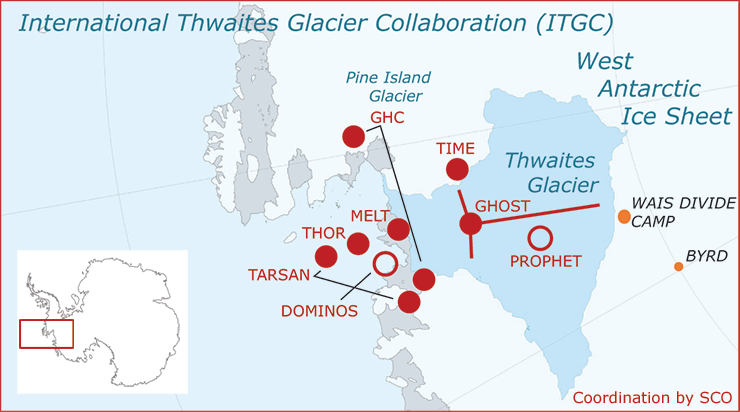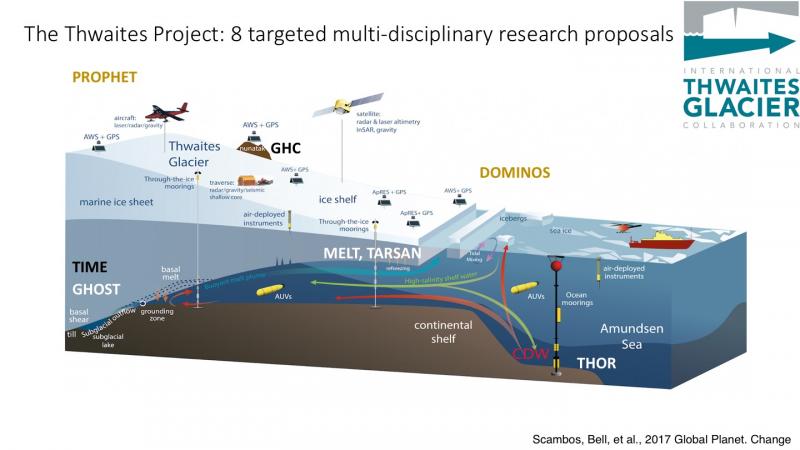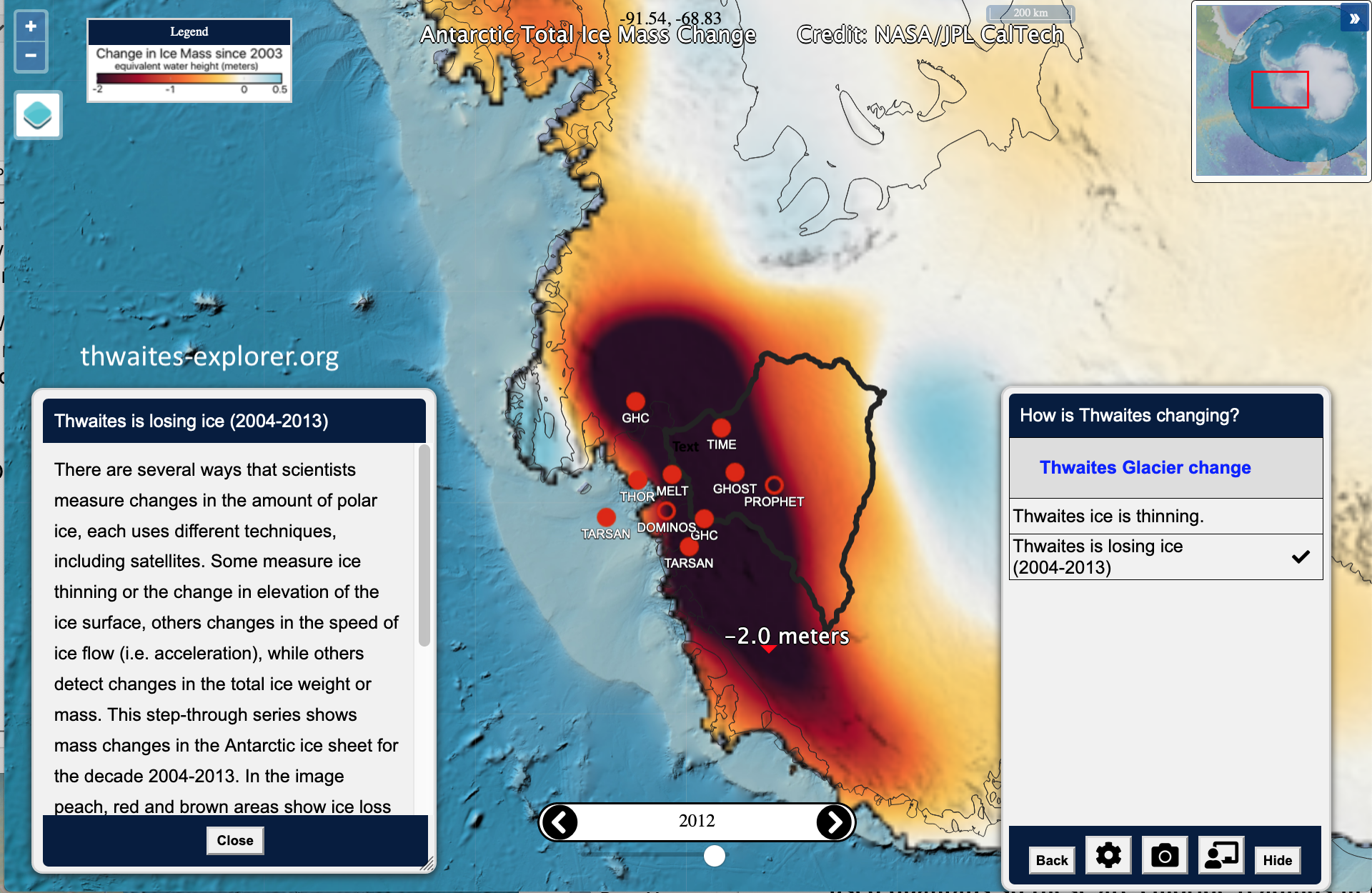Originally presented March 5, 2022 (Earth2Class #217)

Frank O. Nitsche received a MS in geophysics from the University of Kiel, Germany and a Ph.D. from the University of Bremen, Germany. Between 1997 and 2001 he was a postdoctoral researcher in the Applied Geophysics Group at the ETH Zurich. In 2001 he came to the Lamont-Doherty Earth Observatory of Columbia University where he started as a postdoctoral researcher and is now a research scientist. There he studies sediment processes and morphological conditions of the Hudson River Estuary and the Long Island Sound. In addition, he investigates the morphology of the Antarctic continental margin and is reconstructing the path of past ice streams and related sediment transport processes. His research uses mostly acoustic mapping techniques and data integration through GIS to understand sediment transport, deposition and related processes that shape continental margins from estuaries to the deep sea. In addition he is a data manager for the USAP Data Center since 2016.
Here is a potential blurb for the web page. Let me know, if this is along the line you are thinking of:
“Much of the uncertainty of future sea-level rise comes from the Antarctic Ice Sheet, how much and fast it might melt in the future. The Thwaites Glacier is one of the fastest thinning Glaciers in Antarctica right now. If the glacier would melt completely it could contribute up to a meter of sea level rise. A large international project is underway to study the Thwaites Glacier in great detail to better understand the processes that control the thinning of the glacier and improve future predictions. We will talk about these processes that control the melting of the ice, the research methods that are used, and some early results.”


INTRODUCTORY SLIDE SHOW (PPTX) (PDF)
Due to technical problems, we were unable to record this presentation, but here is a version of Frank’s slide show

https://thwaitesglacier.org/projects/overview
https://thwaitesglacier.org/about/itgc
https://thwaitesglacier.org/projects/dominos
Some introductory readings and videos
https://thwaitesglacier.org/education
Understanding the Thwaites Glacier — Anna Crawford
https://thwaitesglacier.org/news/mission-begins-antarcticas-remote-thwaites-glacier
https://video.search.yahoo.com/search/video?fr=mcafee&ei=UTF-8&p=thwaites+glacier+video+national+geographic&type=E211US105G0#id=1&vid=1f450e49eedd303f9755ee6fa7e768ba&action=click
https://video.search.yahoo.com/search/video?fr=mcafee&ei=UTF-8&p=thwaites+glacier+video+national+geographic&type=E211US105G0#id=15&vid=8da40e06bde2b031192c5de8d2428e43&action=click

https://www.polartrec.com/
Here are some links to PolarTrec pages that Sarah Slack created for the project:
https://www.polartrec.com/resources/lesson/how-to-melt-a-glacier
https://www.polartrec.com/expeditions/thwaites-offshore-research
The Thwaites Explorer app that Margie is leading
https://www.thwaites-explorer.org/


